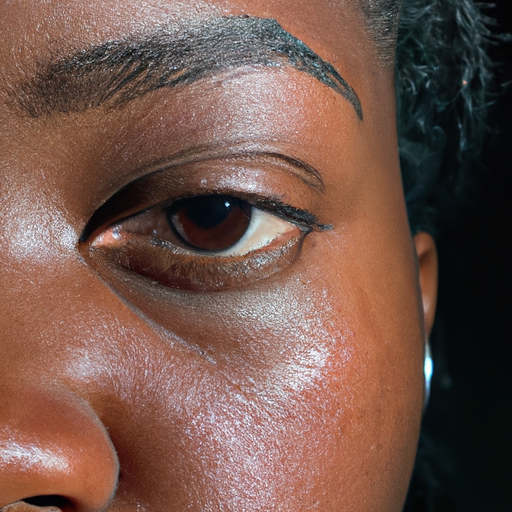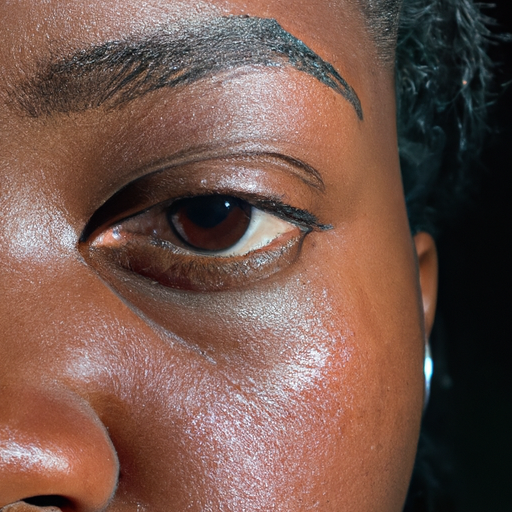As a skincare expert, I have encountered countless individuals who struggle with dry skin. Dry skin can be a persistent issue that affects your comfort and confidence. It can be caused by various factors such as weather conditions, aging, or underlying medical conditions. However, understanding the root cause and implementing the right treatment can help manage this common skin problem effectively. This article aims to unveil the secrets of diagnosing and treating dry skin.
Firstly, it is essential to understand what dry skin is. Dry skin, also known as xerosis cutis, is a common condition characterized by a lack of appropriate amount of water in the most superficial layer of the skin, the epidermis. Symptoms often include a feeling of skin tightness, especially after showering, bathing or swimming, skin that feels and looks rough, itching (pruritus), slight to severe flaking, scaling or peeling, fine lines or cracks, redness and deep fissures that may bleed.
Diagnosing dry skin is typically straightforward. A dermatologist or skincare expert will examine your skin and review your medical history. They may also ask about your diet, medications you’re taking, or whether you’ve recently changed your soaps or detergents. In some cases, they might perform specific diagnostic tests, such as a skin biopsy, to rule out other conditions that can cause dry skin.
Once diagnosed, the treatment for dry skin primarily involves replenishing the lost moisture and protecting the skin from losing more water. Here are some effective strategies:
1. Moisturize: This is the cornerstone of dry skin treatment. Moisturizers work by trapping water in your skin, giving it a more plump and youthful appearance. For best results, apply moisturizer immediately after washing your face or bathing to lock in moisture. Look for products containing ingredients like hyaluronic acid and ceramides that are known for their superior hydrating properties.
2. Use gentle, unscented skincare products: Fragrances and harsh chemicals in certain skincare products can strip your skin of its natural oils, leading to dryness. Opt for gentle, fragrance-free cleansers, soaps, and bath oils that are less likely to irritate your skin.
3. Limit water exposure: Long, hot showers or baths can strip your skin of its protective oils. Limit your showers to 10 minutes and use warm rather than hot water.
4. Use a humidifier: Dry air can exacerbate skin dryness. Using a humidifier in your home can help maintain a more skin-friendly level of humidity.
5. Stay hydrated: While drinking water won’t cure dry skin outright, being well-hydrated promotes overall health, which can improve the appearance of your skin.
6. Eat a balanced diet: Foods rich in omega-3 fatty acids, like fish and flaxseeds, can help keep your skin healthy and moisturized.
If your skin remains excessively dry despite trying these measures, it’s time to consult a dermatologist. You may require prescription creams or ointments or might be dealing with a more serious condition like eczema or psoriasis.
In conclusion, while dry skin can be a frustrating issue, understanding its causes and implementing the right skincare regimen can significantly improve your skin’s health and appearance. Remember that everyone’s skin is unique, so what works for one person might not work for another. It may take some trial and error to find the best approach for you.




